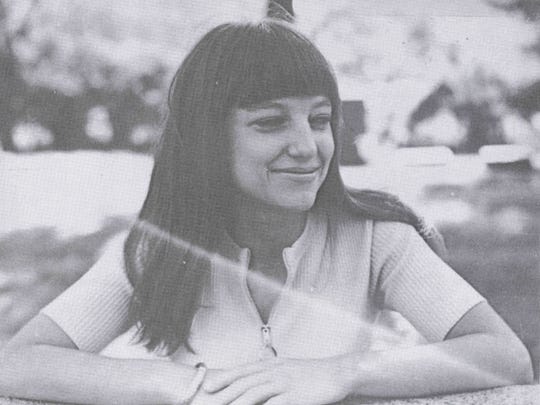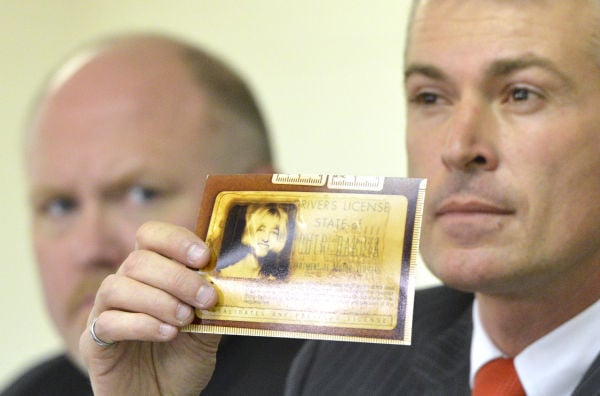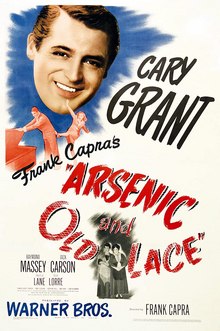 I have always admired writers who are willing to take risks and try new techniques and venture out of their comfort zones. That's hard to do, and I respect them for it. Then again, I also admire people who compose classical music and carve ice sculptures and paint frescoes on the ceilings of cathedrals--but I don't try to do those things, and wouldn't be able to if I did.
I have always admired writers who are willing to take risks and try new techniques and venture out of their comfort zones. That's hard to do, and I respect them for it. Then again, I also admire people who compose classical music and carve ice sculptures and paint frescoes on the ceilings of cathedrals--but I don't try to do those things, and wouldn't be able to if I did.As for writing, well, most of my short stories are traditional, past-tense, first- or third-person, once-upon-a-time fiction, the kind of stuff I like to read. I usually leave the stream-of-consciousness, surreal, hyperbolic, slipstreamy exercises to those who are comfortable with that kind of thing, and who--at least supposedly--know what they're doing.
But . . . now and then, once in a blue moon, I find myself clipping on a bungee cord and trying something new. My most recent attempt to wander off the grid resulted in a story I placed in the 2019 Bouchercon anthology, Denim, Diamonds, and Death (Down & Out Books). My story is called "The Midnight Child," and involves the robbery of an East Texas bank by a team of four seasoned criminals. The "different" thing about this story is that it has a nonlinear timeline. Nothing quite as weird as movies like Memento or Pulp Fiction (both of which I loved, by the way), but at least unusual.
Here's what I mean. My story consists of five scenes, the first of which is set at 5:30 p.m., when the team of thieves has already completed the heist and has gathered at a remote spot to divide the loot and go their separate ways. The second scene, though, takes place an hour earlier, at 4:30, when the team commits the crime and makes its getaway. The third scene is even earlier, at 3:40, as they're sitting together at a bar, going over last-minute plans and getting ready to leave and head down the street to the bank. The fourth scene is at 2:55, as they kill time at a nearby motel before driving to the bar. The fifth and final scene jumps ahead to 5:40, and picks up at the point where the first scene left off.
If you think that doesn't sound too interesting, I agree. It doesn't even sound like a story I might want to read. What happened, though, is that this crazy time structure allowed me to do some things in that first scene that needed further explanation--sort of a reverse foreshadowing--and by rewinding to a point an hour earlier and then continuing to back up in time, I could make those things clear, and eventually explain why everything was working out the way it was. Then, in the very last scene, only after these connected flashbacks cleared up most of what was going on, I was able to conclude with what I hope was a satisfying ending.
I had never seen things done quite that way before, but that was one of the reasons I found myself wanting to try it. As it turned out, "The Midnight Child" was great fun to write--a lot more fun, I think. than it would've been if it had been told in chronological order. I hope it's fun to read.
Will I ever do this again, with other stories? Possibly. If it seems that might be a good way to spin the tale. Certainly not every story would lend itself to this kind of writing. One thing I don't want to do, and that I believe some authors are guilty of, is to write a story that's different just to be different. I once read a novel written without ever using the letter "e." It was an interesting read (not one occurrence of "the" in the entire book), but it was interesting mostly because I wanted to see how such a thing could be done. It added nothing to the story itself. It seemed more gimmicky than innovative.
 Another example: Cormac McCarthy wrote No Country for Old Men--and The Road too, if I recall correctly--without using any quotation marks to designate dialogue. In my opinion, both were fine books (especially No Country), but not because of that piece of experimental style. I don't think the absence of quotation marks hurt the narrative, but I also don't think it helped. I guess it was memorable, though; I sure remember it. Maybe that was its purpose.
Another example: Cormac McCarthy wrote No Country for Old Men--and The Road too, if I recall correctly--without using any quotation marks to designate dialogue. In my opinion, both were fine books (especially No Country), but not because of that piece of experimental style. I don't think the absence of quotation marks hurt the narrative, but I also don't think it helped. I guess it was memorable, though; I sure remember it. Maybe that was its purpose.What about you? Have you, in your own fiction, played around with different storytelling techniques? If so, do you think your efforts were successful? Did you enjoy the process? Have you read stories or novels that broke these kinds of rules, or seen movies experimentally filmed? Did you like them? Would you try something like that in your own work, in the future?
Maybe this is all moot. Maybe all art is an experiment, and all artists are innovators.
As for me, call me irresponsible, or just stubborn . . . but I usually prefer the old way.




































